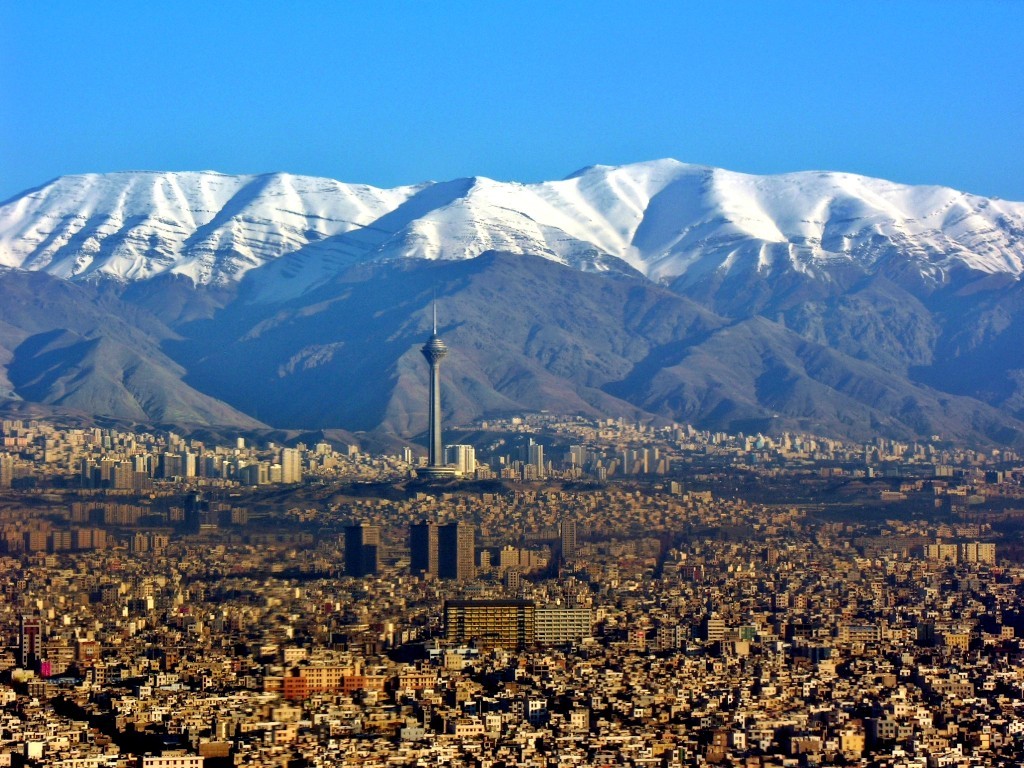
Iran, which wants an exemption from OPEC’s accord to cut production, told the group it raised output by the most since international sanctions were lifted, while Iraq — also insisting it should be spared — gave no reading at all.
Freed from curbs on its oil trade in January, Iran said it increased output by 210,000 barrels a day to 3.92 million a day in October, according to a report from the Organization of Petroleum Exporting Countries. That’s 230,000 barrels a day more than estimated by OPEC itself, whose members are due to finalize how much each will cut when they gather on Nov. 30. Production from Saudi Arabia, which typically declines at this time of year, remained near record levels.
Oil prices climbed about 16 percent in the weeks after OPEC’s Sept. 28 meeting in Algiers, where the group ended a two-year policy of pumping without limits to agree a production cut aimed at clearing a global surplus. Yet prices have since retreated on doubts the deal can succeed when key members Iran and Iraq argue they shouldn’t need to cut while recovering from losses to war and sanctions.
OPEC’s monthly report contains two sets of production data: one submitted by individual members, known as “direct communication,” and another compiled from external sources such as news agencies and intergovernmental institutions, referred to as “secondary sources.”
Iraq, Iran and Venezuela have said these externally compiled numbers, which will be used when allocating production cuts, underestimate their output, and that their own government data should be used instead.
Iran’s reported production increase of 210,000 barrels in October exceeds the combined gains of the previous five months, OPEC’s data show. Secondary sources showed a more modest addition of 27,500 barrels a day for October.
Still, the country may be more willing to agree to a deal following this week’s U.S. election victory by Donald Trump, who has threatened to scrap the nuclear agreement that brought sanctions relief, according to RBC Capital Markets LLC.
Saudi Arabia, which has said it wants other nations to cooperate in the production rollback, reported its production was little changed in October at 10.625 million barrels a day, even though supplies typically ease at this time of year as seasonal domestic demand slackens.
The secondary sources show that OPEC output increased by 236,700 barrels a day to 33.64 million a day in October, as Nigeria and Libya recovered output lost to sabotage, militant attacks and political conflict.
That means the group would need to cut by between 640,000 and 1.1 million barrels a day to comply with the range it set out in Algiers. The organization estimates an average of 32.7 million barrels a day will be needed from OPEC next year, about 100,000 more than it forecast last month due to a slightly weaker outlook for non-OPEC supply.
For the IEA’s forecast for non-OPEC output growth, click here.
The organization has sought help in lowering output from non-members such as Russia, which has indicated it may at least freeze if not cut supplies.
“Adjustments in both OPEC and non-OPEC supply will accelerate the drawdown of the existing substantial overhang in global oil stocks and help bring forward the rebalancing of the market,” the report said. Inventories remained more than 300 million barrels above their five-year average in September, it said.